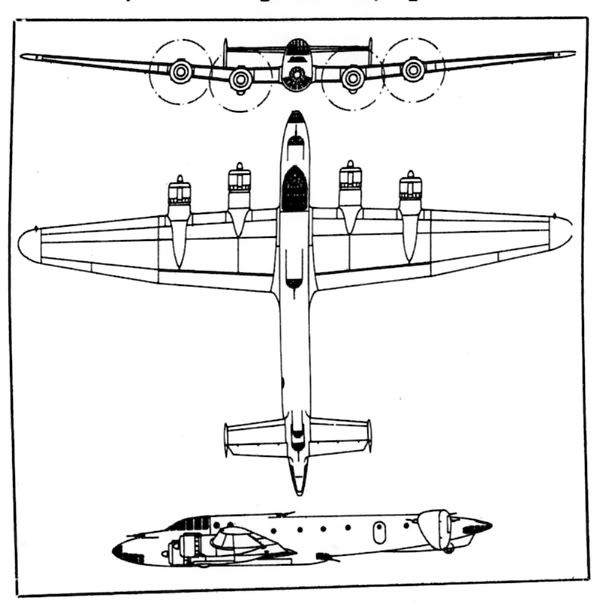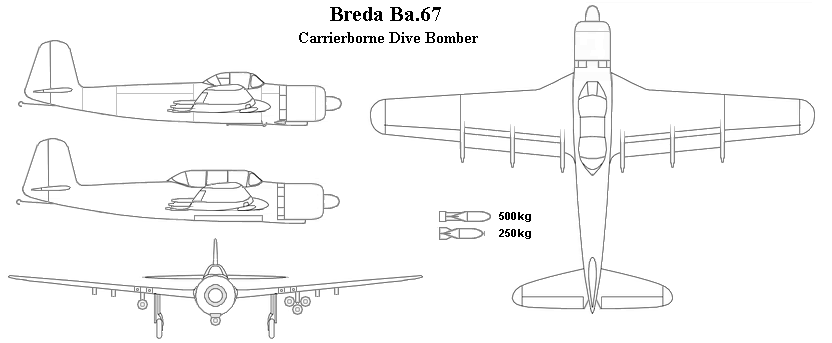You are not logged in.
Dear visitor, welcome to WesWorld. If this is your first visit here, please read the Help. It explains in detail how this page works. To use all features of this page, you should consider registering. Please use the registration form, to register here or read more information about the registration process. If you are already registered, please login here.

This post has been edited 1 times, last edit by "Red Admiral" (Jun 30th 2007, 5:24pm)


Quoted
Originally posted by Red Admiral
I calculate width to be 1.1m scaling off the Sabre but it'll probably be less as the AS.6 uses very short connecting rods. A bit wide for this airframe (3.8 v 3.5ft) but some "bumps" as with the Griffon Spitfires should make it fit, just.
Weight. I could have used the race engine but its easier to add weight and beef up parts for some more margin, i.e. steel instead of magnesium. As a scaling factor I used the RR R vs Griffon to give me an engine weight of 1100kg - 600kg for the single engine.
This post has been edited 1 times, last edit by "Kaiser Kirk" (Jun 23rd 2007, 4:46am)
Quoted
1. If your own scaling showed 3.8, after hypothetical alterations to bring size down, ... just shrinking it another 10% doesn't make sense.
Quoted
2. You're using the RR Griffon to scale weight from?
This post has been edited 1 times, last edit by "Red Admiral" (Jun 23rd 2007, 2:48pm)
Quoted
Originally posted by Red Admiral
Quoted
1. If your own scaling showed 3.8, after hypothetical alterations to bring size down, ... just shrinking it another 10% doesn't make sense.
The bumps over the cylinder heads should take care of the remaining bit. I'll play with an widened fuselage version. THe fuselage shouldn't be much, if any wider than the engine as the exhaust ports are usually the widest part.
Quoted
2. You're using the RR Griffon to scale weight from?
No. The Griffon can be looked at as a production version of the Rolls-Royce "R". The weight increase is 16% between them. I used this scale factor on the AS.6 engine (930kg) to come to the 1100kg figure.
....
The desmodromic valves to improve efficiency will require more precision manufacturing which will limit the number of engines that can be produced. It isn't suitable for mass-production but neither is Italian industry.
Edit: with a 3.8ft wide fuselage the speed drops by 1mph and small alterations to range/climb/weights



This post has been edited 1 times, last edit by "Red Admiral" (Jul 18th 2007, 7:59pm)
Quoted
Yikes, that is a big beast. From the power and weight it must be ~55L, which is huge. Otherwise, nice plane.
Forum Software: Burning Board® Lite 2.1.2 pl 1, developed by WoltLab® GmbH
